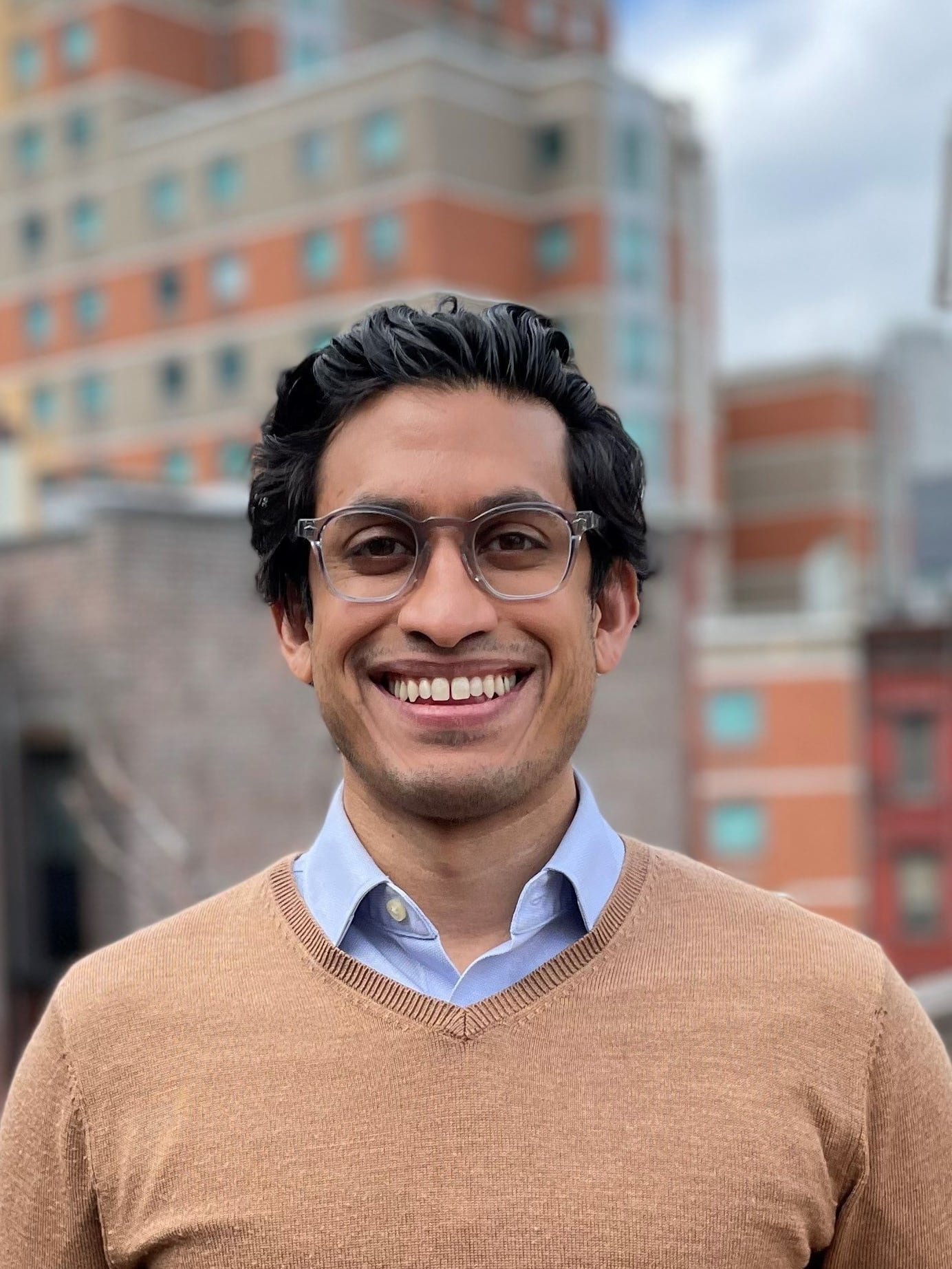Alliance Discussion with Neil Vora: Preventing Pathogen Spillover and Future Pandemics

Neil Vora, MD, a physician with Conservation International, joined us on June 6 for an Alliance discussion. He spoke about the link between human health and the health of the planet, specifically, the increasing threat of emerging infectious diseases able to “jump” or spillover from animals to humans and the role that policy and health researchers can play in preventing future pandemics. Here are some highlights from his remarks:
On the driving factors of pathogen spillovers:
“If you look at 1918 through 2009, we’ve had five viral pandemics – four flu pandemics and one HIV pandemic. All five of those pandemics had animal origins. If you think about the drivers of [pathogen] spillover – the jump of a pathogen from an animal into people – it’s a complicated process. It’s not as simple as putting a human in close proximity to an animal. There are a number of major drivers behind why we’re seeing more spillovers around the world – deforestation and forest degradation, legal and illegal commercial wildlife trade pipelines, poor biosecurity or infection control when raising farm animals, and climate change. If there’s one takeaway from this conversation, it’s that human activities are driving the accelerated pace of pathogen spillover. [We] are responsible for these outbreaks that we are increasingly experiencing.”
On reducing the risk of pathogen spillovers:
“To reduce the risk of spillover, [we must] stop deforestation and forest degradation in heavily forested tropical areas, enhance the health and economic security of communities living in areas of high deforestation, strictly regulate wildlife trading markets, and improve infection control when raising farm animals.”
On pandemic prevention vs. pandemic preparedness:
“When I say prevention, that is about avoiding a pandemic in the first place or reducing the threat. When I refer to pandemic preparedness, that’s about increasing the ability to respond if a pandemic occurs. If we underinvest in either [prevention or preparedness], we will fail to lower the risk of another pandemic occurring or mismanage the next pandemic when it occurs. … Secondary prevention is about containing the spread of a pathogen after an outbreak has already occurred to avoid an epidemic or pandemic from occurring. Quite often, even though prevention is not explicitly mentioned in policy discussions, decision makers are implicitly talking about secondary prevention because many of the actions for secondary prevention and pandemic preparedness are closely related. What they’re not talking about is primary prevention, and that includes avoiding outbreaks altogether through reducing the risk of pathogen spillover, improving laboratory safety, and addressing biological weapons.”
On how health researchers can have an impact on pandemic preparedness:
“[Health researchers] must be bold and expand our vision for what is needed for a healthy future. We need to employ a One Health and equity-focused approach. One Health is the idea that human health is related to the health of the planet and animals. We have to investigate the degradation of the global environment and its human health effects. We need to support future generations of interdisciplinary researchers. We have to build partnerships to broaden research policy and programmatic structures. Beyond those focused on narrow disciplines, we need to stay informed, join coalitions, engage in the policymaking process, inform elected officials, and make research endeavors more sustainable. We have to counter the rapid spread of misinformation and disinformation, communicate clearly and effectively, which I hope I’ve been doing today.”




